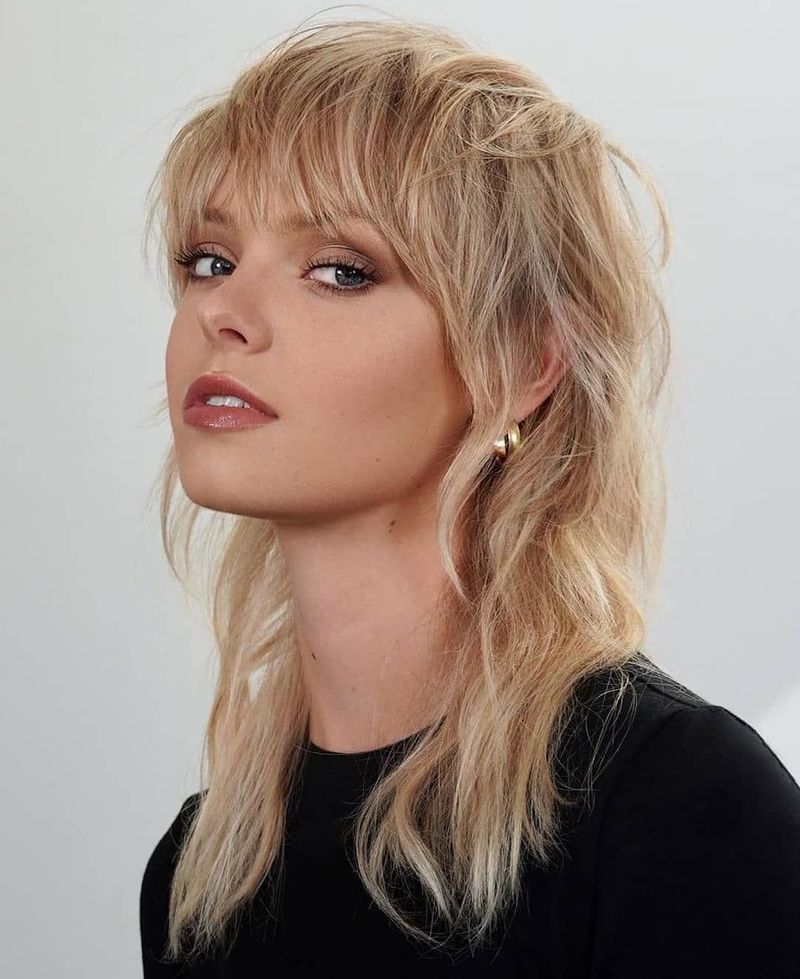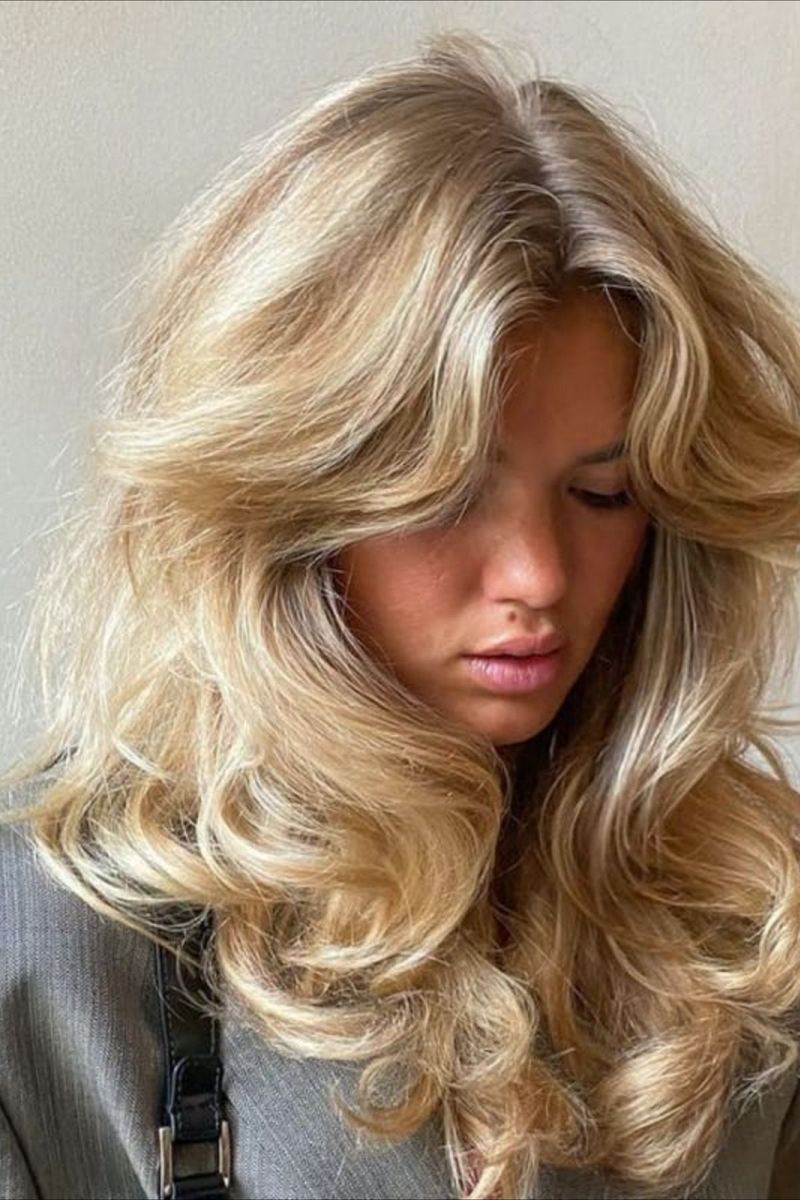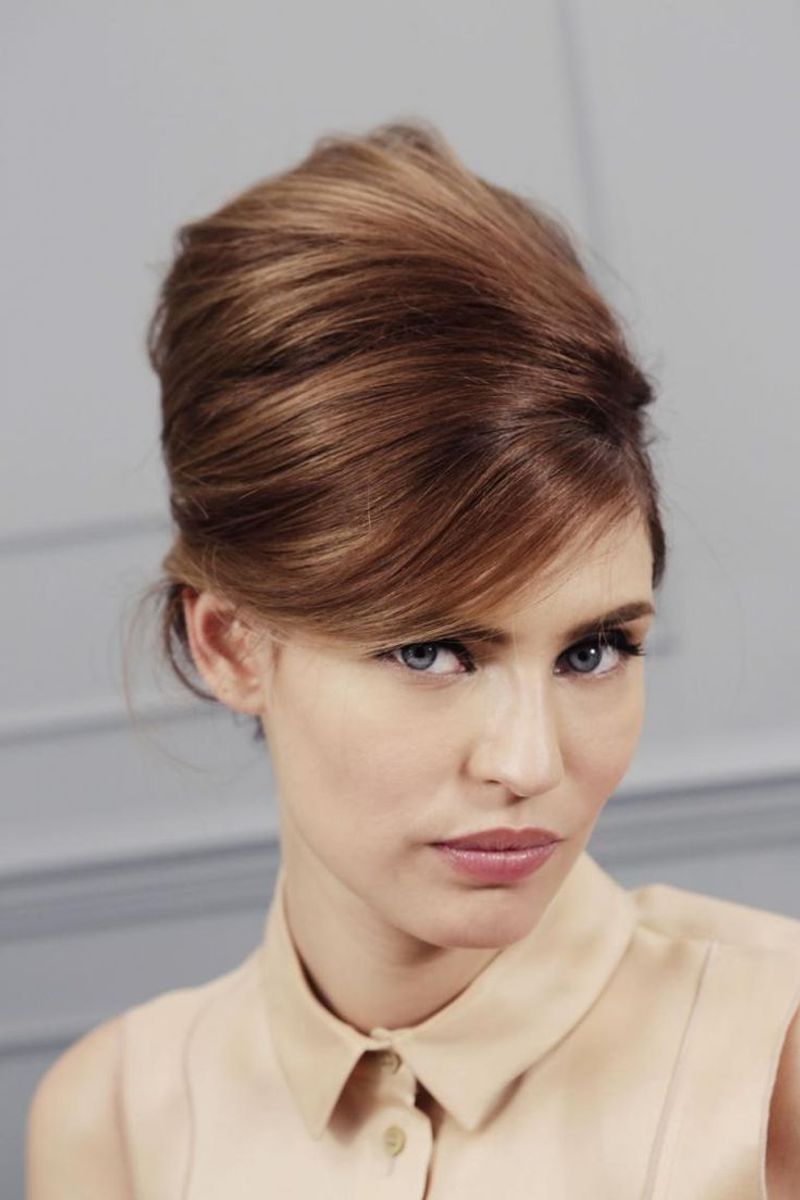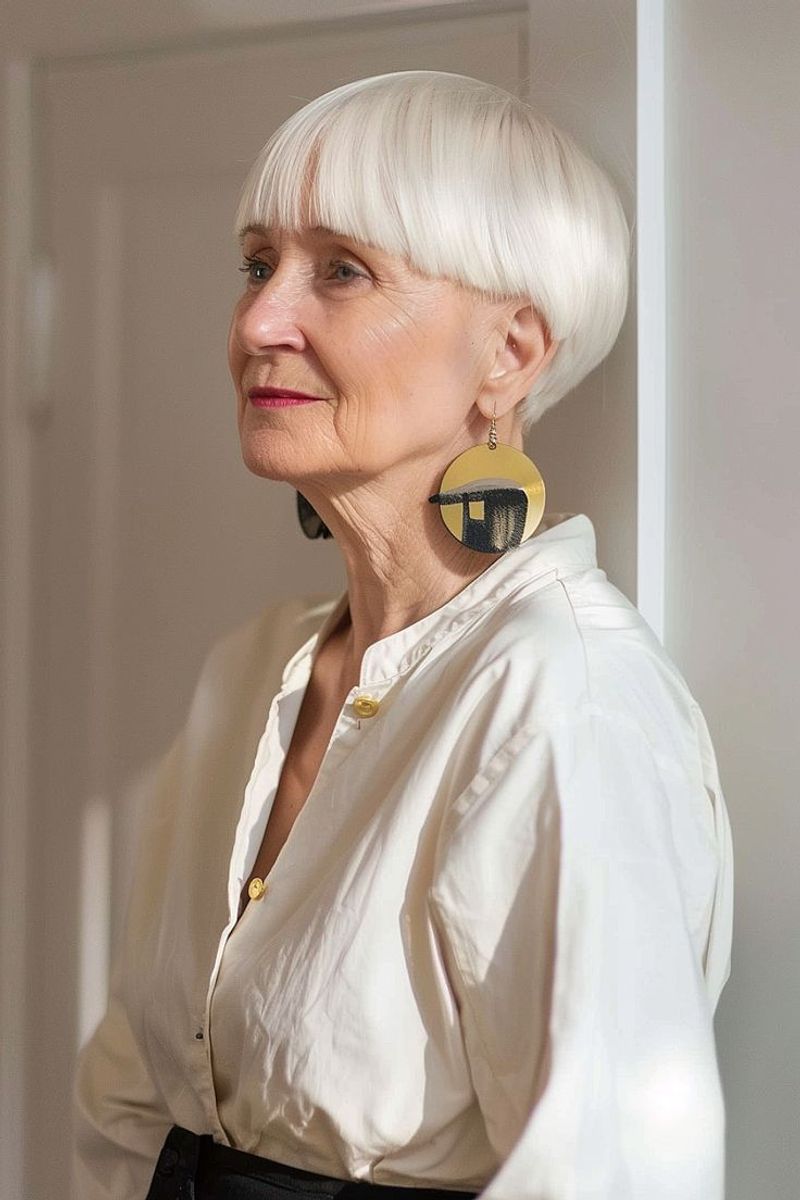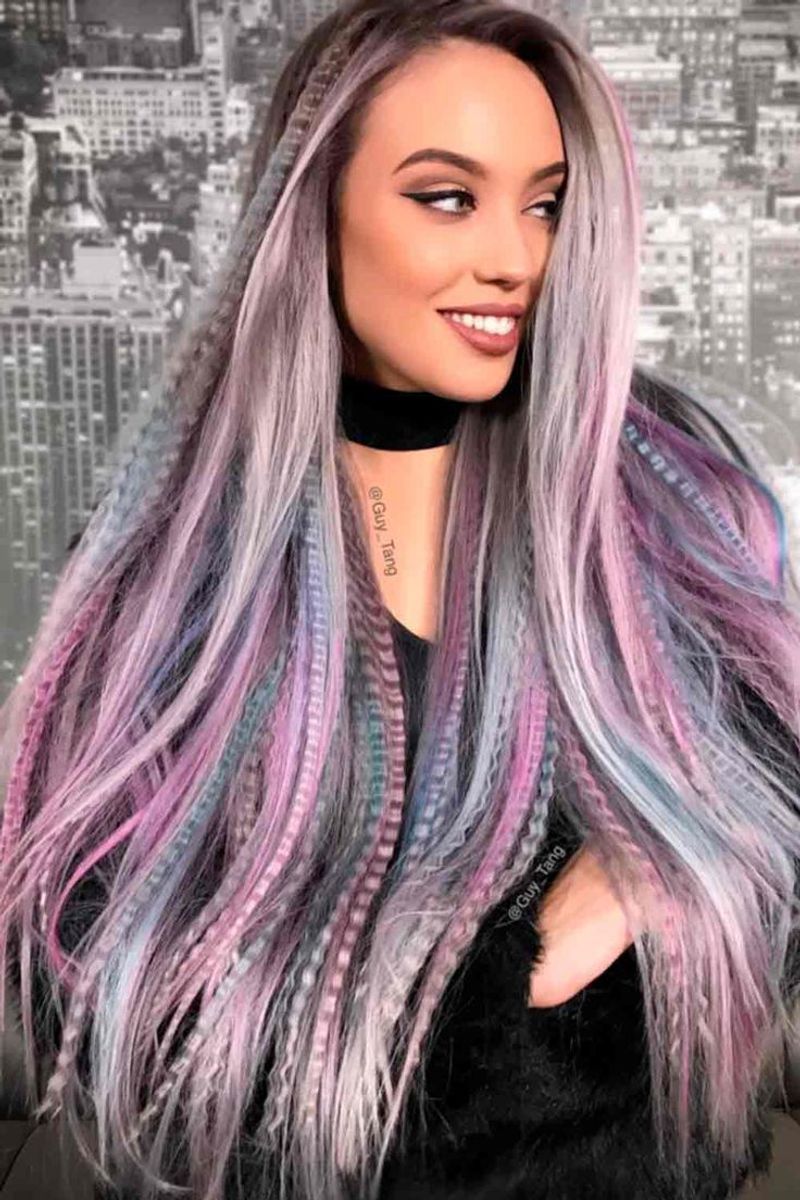Trends come and go, but some hairstyles have a way of lingering far past their prime. While nostalgia can be charming, certain looks can unintentionally date you, making it seem like you’ve stepped straight out of a time capsule.
From teased tresses to over-layered cuts, some styles scream more “yesterday” than “timeless.”If you’re wondering whether your current ‘do is more retro than relevant, you’re not alone. Fashion and beauty evolve rapidly, and what was once the height of sophistication can now feel out of step with modern aesthetics.
In this article, we’ll break down nine hairstyles that have officially overstayed their welcome and explore why it might be time for a refresh. Let’s dive in and make sure your hair is sending the right message: modern, confident, and effortlessly chic!
1. The Mullet
The infamous mullet is often described as “business in the front, party in the back.” Originally popular in the 1980s, this hairstyle features short hair on the top and sides with long hair in the back. While it had its heyday with rock stars and sports figures, the mullet is now seen as a relic of the past.
Despite occasional attempts to bring it back, the mullet remains largely unpopular in mainstream fashion. Those sporting this look might come across as nostalgic or stuck in an era gone by. If you’re considering a mullet, think twice, as it may not align with contemporary style sensibilities.
2. Feathered Hair
Feathered hair, with its soft and layered look, was a sensation in the 1970s. Made famous by celebrities like Farrah Fawcett, this hairstyle was characterized by its voluminous and outwardly curled layers. It exuded a carefree, breezy vibe that captured the spirit of the times.
However, in today’s style landscape, feathered hair can seem dated and reminiscent of the disco era. While it might work for themed parties or nostalgic tributes, everyday wear might leave you looking like you’ve stepped out of a time capsule. If you’re aiming for a modern look, consider updated versions with more subtle layering.
3. The Beehive
The beehive is a towering masterpiece that reached its height of popularity in the 1960s. Created by stacking and teasing the hair into a high, rounded shape, it was a favorite for formal occasions. Its distinctive silhouette made it a go-to for many women seeking elegance and drama.
Yet, the beehive today can appear more theatrical than fashionable. It’s a hairstyle best reserved for retro events or themed gatherings. Outside these contexts, it might signal a reluctance to move with the times. To keep things current, opt for structured updos that retain elegance without the excess height.
4. Permed Curls
Permed curls ruled the 1980s, with many embracing this bold and bouncy style. Achieved through chemical treatments, these curls added volume and drama, making a statement wherever they went. The perm was synonymous with self-expression and individuality.
Fast forward to today, and permed curls are often viewed as over-the-top and outdated. While curls are timeless, the tightly permed look can seem unnatural. Modern styling favors looser, more natural-looking waves. If you love curls, consider achieving them with curling irons or softer treatments that enhance rather than overpower.
5. The Rat Tail
The rat tail is a unique style that saw a surge in the late 1980s and early 1990s. Characterized by a single, long strand of hair at the nape of the neck, contrasted with shorter hair elsewhere, it was a bold fashion choice.
However, in the modern era, the rat tail is often viewed as an oddity. It lacks the polish seen in contemporary styles and can project a sense of being out of touch with current trends. For those seeking a standout look, there are plenty of sleek, avant-garde styles that won’t leave you looking stuck in the past.
6. The Bowl Cut
The bowl cut, once a staple for kids in the 1990s, drew its name from its defining shape — as if a bowl were placed on the head and the hair trimmed around it. While easy to maintain, this style often evokes memories of childhood haircuts.
In today’s fashion scene, the bowl cut is mostly relegated to humorous throwbacks or costume parties. It lacks the sophistication and edge that contemporary haircuts offer. If you’re tempted by the bowl cut’s simplicity, consider modern alternatives like textured crops that maintain ease without sacrificing style.
7. Crimped Hair
Crimped hair, with its zigzag texture, was a defining trend of the late 1980s and 1990s. Achieved using special crimping irons, it added volume and a playful flair to various hairstyles. This textured look was a favorite for those wanting to make a bold fashion statement.
Yet, crimped hair today often feels more nostalgic than stylish. While it can be fun for themed events, its everyday appeal has waned. Instead of crimping, consider soft waves or curls that offer texture without the dated vibe. This ensures your style remains current and effortlessly chic.
8. Frosted Tips
Frosted tips became a hallmark of late 1990s and early 2000s fashion, especially among men. This hairstyle involved bleaching the tips of the hair, creating a stark contrast with the darker roots. It was a go-to look for those wanting to inject some edge into their style.
Today, frosted tips are often seen as a dated relic of the boy band era. While adventurous hair color remains popular, the subtlety has shifted. Current trends favor blended highlights and natural tones. If you’re considering a color update, opt for techniques like balayage that offer dimension without the throwback feel.
9. The Flat Top
The flat top was a prominent style among men and women in the late 1980s and early 1990s, especially in hip-hop and sports circles. Characterized by its squared-off top, this cut required precision and maintenance to keep its structure. It was both a cultural and style statement.
However, the flat top can seem anachronistic in today’s fashion world. While it boasts individuality, its rigid shape doesn’t always fit contemporary aesthetics. For a modern twist, consider styles that maintain volume but with softer edges, echoing the essence of the flat top without appearing outdated.


